Table of content
Introduction
Pineapples, with their vibrant tropical flavor and juicy sweetness, are a beloved fruit worldwide. However, their relatively short shelf life often poses a challenge for both consumers and retailers. A ripe pineapple can spoil within days if not stored properly, leading to food waste and financial loss. Understanding the science behind pineapple preservation and adopting effective storage techniques can significantly extend their freshness. This article delves into actionable strategies for storing pineapples at every stage—from whole fruits to cut pieces—ensuring you enjoy their delightful taste for as long as possible.
Understanding Pineapple Ripeness and Shelf Life
Before exploring storage methods, it’s crucial to grasp how ripeness impacts longevity. Pineapples do not ripen further after harvest, unlike bananas or avocados. The ripening process halts once the fruit is picked, meaning the stage at which you purchase or harvest it dictates its storage potential.
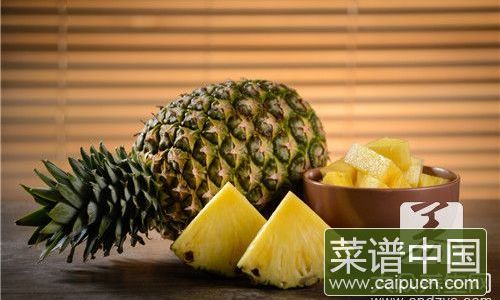
Key Indicators of Ripeness:
- Color: A mature pineapple transitions from green to golden-yellow at the base.
- Fragrance: A sweet, tropical aroma near the stem indicates ripeness.
- Leaf Test: Pluck a leaf from the crown; it should detach easily if ripe.
- Texture: Slight give when pressed gently (but not mushy).
Shelf Life Basics:
- Unripe Pineapples: Last 1–3 days at room temperature.
- Ripe Whole Pineapples: 3–5 days at room temperature; 1–2 weeks refrigerated.
- Cut Pineapples: 3–5 days refrigerated; 6–12 months frozen.
Storing Whole Pineapples
A. Room Temperature Storage
For unripe pineapples, room temperature (68–77°F or 20–25°C) is ideal. Place the fruit stem-side down on a countertop to distribute juices evenly. Avoid direct sunlight or heat sources, as these accelerate deterioration.
Pro Tip: To speed up ripening slightly, store the pineapple in a paper bag with a banana or apple. These fruits emit ethylene gas, which can soften the flesh without overripening.
B. Refrigeration
Once ripe, refrigeration slows enzymatic activity and microbial growth. Store whole pineapples in the crisper drawer at 35–40°F (2–4°C). Keep them in a perforated plastic bag to maintain humidity (85–90%) while preventing moisture buildup.
Avoid: Storing near ethylene-sensitive produce (e.g., leafy greens), as pineapples release trace amounts of this gas.
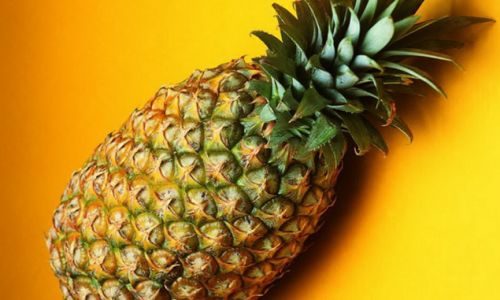
Storing Cut Pineapples
A. Refrigeration
Cut pineapples require immediate refrigeration to prevent bacterial growth. Follow these steps:
- Preparation: Remove the skin, core, and eyes. Slice into chunks, spears, or rings.
- Storage: Place in airtight containers or resealable bags. For added freshness, brush cut surfaces with lemon juice to inhibit browning.
- Shelf Life: 3–5 days when stored at 35–40°F (2–4°C).
Pro Tip: Use glass containers instead of plastic to minimize odor absorption.
B. Freezing
Freezing is ideal for long-term preservation. However, texture changes make frozen pineapple best suited for smoothies, baking, or cooked dishes.
Steps for Freezing:
- Blanching (Optional): Boil sliced pineapple for 1–2 minutes, then shock in ice water. This step destroys enzymes that cause flavor loss.
- Drying: Pat pieces dry with paper towels.
- Packaging: Arrange in a single layer on a baking sheet; freeze until solid (2–3 hours). Transfer to freezer-safe bags, removing excess air.
- Shelf Life: 6–12 months at 0°F (-18°C) or below.
Pro Tip: Label bags with the date to track freshness.
Alternative Preservation Methods
A. Canning
Canned pineapple retains flavor for 1–2 years when processed correctly.
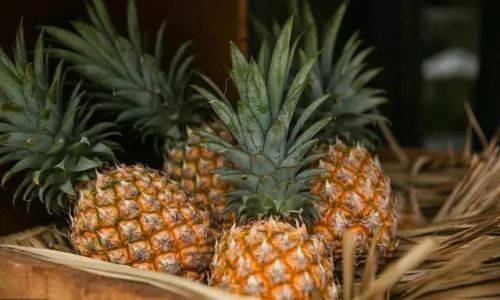
Steps:
- Preparation: Peel, core, and slice the fruit.
- Syrup: Boil a mixture of sugar and water (e.g., 1 cup sugar per 4 cups water).
- Packing: Fill sterilized jars with pineapple and syrup, leaving ½-inch headspace.
- Processing: Boil jars in a water bath for 20 minutes (adjust for altitude).
Safety Note: Follow USDA guidelines to prevent botulism.
B. Drying
Dehydrated pineapple makes a chewy, nutrient-rich snack.
Methods:
- Oven Drying: Slice pineapple into ¼-inch rings. Bake at 135°F (57°C) for 8–12 hours, flipping occasionally.
- Dehydrator: Use at 135°F (57°C) until leathery (6–10 hours).
Storage: Keep in airtight containers in a cool, dark place for up to 1 year.
C. Making Jam or Puree
Transform excess pineapple into versatile preserves.

Jam Recipe:
- Cook chopped pineapple with sugar (1:1 ratio) and lemon juice until thickened.
- Pour into sterilized jars and process in a water bath.
Puree: Blend cooked pineapple and freeze in ice cube trays for instant tropical flavor.
Tips for Extending Shelf Life
A. Avoiding Moisture
Excess moisture accelerates spoilage. After washing, pat pineapples dry with a clean cloth. For cut pieces, use paper towels to absorb surface liquid before storing.
B. Proper Containers
- Whole Pineapples: Perforated plastic bags or mesh produce bags.
- Cut Pineapples: Glass or BPA-free plastic containers with airtight lids.
- Freezing: Vacuum-sealed bags or heavy-duty freezer containers.
C. Checking for Spoilage
Regularly inspect stored pineapples for:
- Mold: Fuzzy green or white spots (discard immediately).
- Off Odors: A fermented or sour smell indicates spoilage.
- Texture: Sliminess or excessive softness.
Creative Uses for Stored Pineapple
- Smoothies: Blend frozen chunks with yogurt and spinach.
- Grilling: Marinate pineapple rings in honey and lime before charring.
- Baking: Add to muffins, cakes, or upside-down pineapple tart.
- Savory Dishes: Pair with pork tenderloin or stir-fries.
Common Mistakes to Avoid
- Storing Unripe Pineapples in the Fridge: Cold temperatures halt ripening permanently.
- Using Metal Containers: Pineapple’s acidity reacts with metal, causing off-flavors.
- Ignoring Ethylene Sensitivity: Keep pineapples away from ethylene-producing fruits like apples.
- Overcrowding the Fridge: Poor airflow accelerates spoilage.
Conclusion
Pineapples are a culinary treasure, but their perishability demands strategic storage. By selecting ripe fruits, using refrigeration and freezing wisely, and exploring preservation methods like canning or drying, you can enjoy their tropical goodness for months. Remember to minimize moisture, use appropriate containers, and check regularly for signs of spoilage. With these expert tips, you’ll waste less food, save money, and savor the taste of pineapples at their peak.



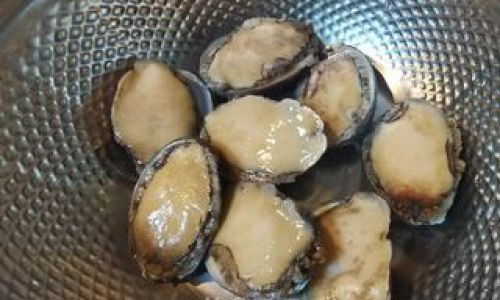
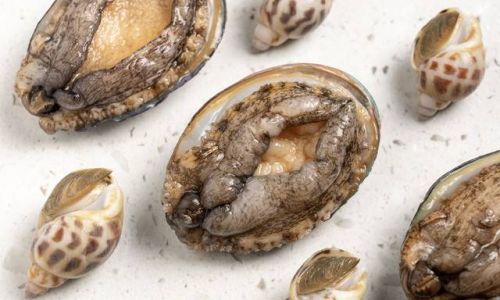
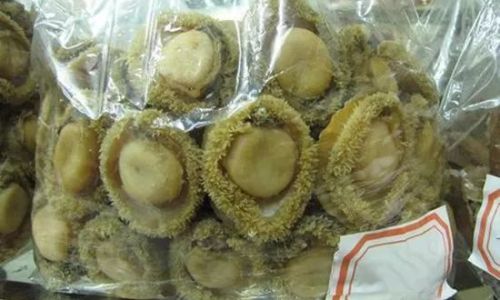
0 comments